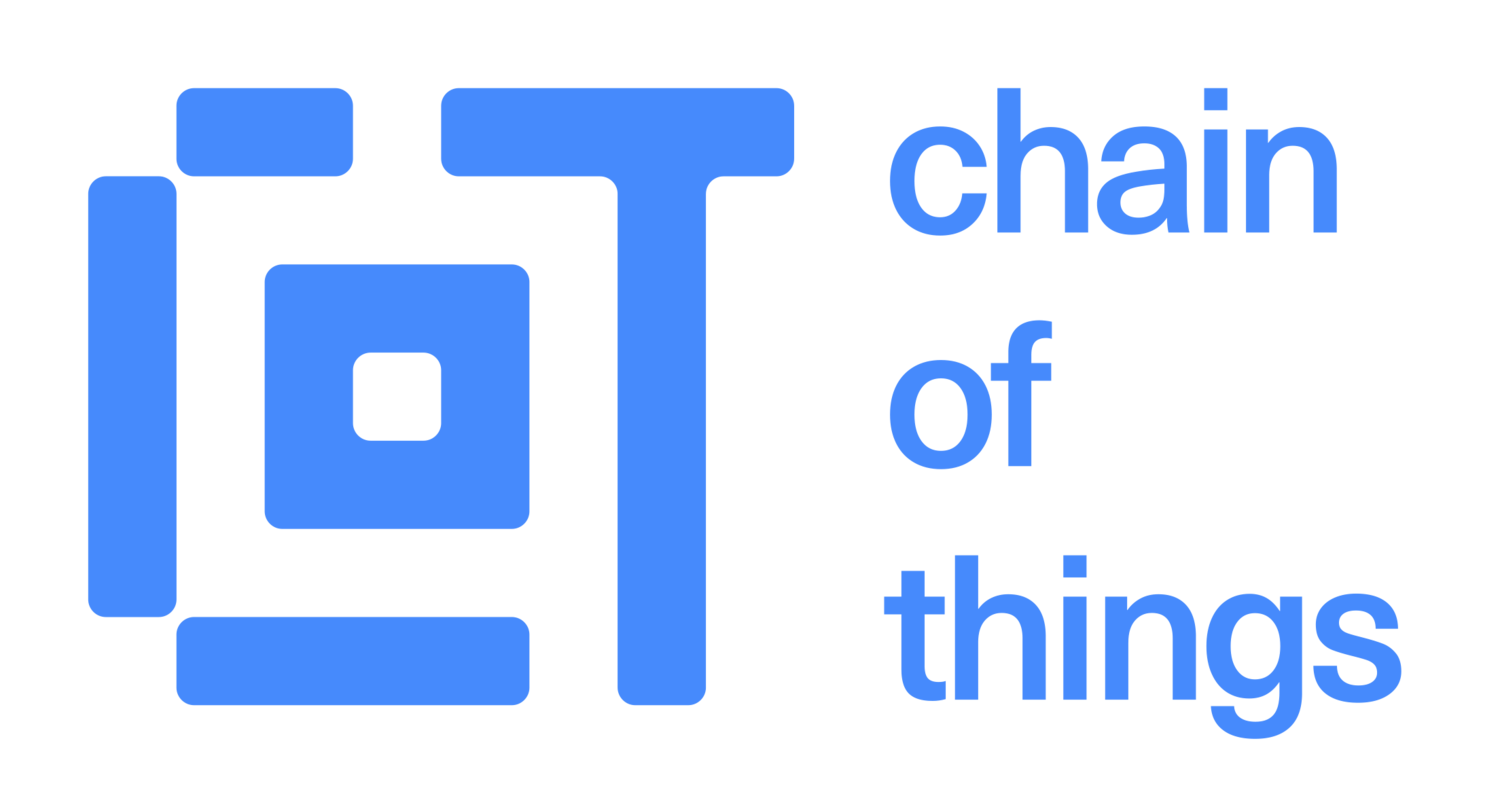The founder and lead developer of IOTA, David Sønstebø, this week announced to the IOTA community significant optimization of IOTA’s core technology.
IOTA is a decentralized micro-transactions cryptocurrency designed for “Internet of Things” (IoT) systems. IOTA utilizes a blockchain-alternative called ‘Tangle’ that permits IOTA to remain lightweight and efficient in the face of scalability issues that impact traditional blockchains.
The project’s significant optimizations will effectively change the supply of its proprietary tokens. These changes include removing decimals, engaging in a token supply split, and increasing the total supply of tokens.
Decimal points will be removed so that coders are less likely to make errors on token amounts. The aim of the token supply split is to eliminate the need to validate numbers after each operation, automatically decrease the required technological overhead, and thus optimize IOTA further for tiny IoT devices. The total supply of IOTA will be increased to 2,779,530,283,277,761 from the original 999,999,999.999.999.
Sønstebø explains the reasoning behind the supply changes:
This means there will be no need to do conversion from string to number and back. This optimizes IOTA significantly for any device running JavaScript and its derived frameworks (node.js etc.) Again the number we chose initially was very arbitrary and very anthropomorphic, now analysis has shown that this new supply is what the machines and coders want. It’s important to emphasize that this does not change the amount of iotas that anyone has, the proportions are identical.
In other words, the percentage of total tokens that current users hold will remain the same after the token supply split and increase.
IOTA has also added the ability to chose between three levels of signature security, 128-bit, 256-bit and 384-bit, which is designed to provide flexibility and security optimization for devices across the IoT ecosystem.
- 81-trit (128-bit) – relatively low security / very high efficiency – best for tiny IoT devices that only transact/store small amounts of value.
- 162-trit (256-bit security) – standard security / medium performance – best for regular people’s wallets and devices that store higher amounts of value.
- 243-trit (384-bit) – full blown quantum proof security that conforms to NSA’s recommendations for sensitive material – good for paranoids and big value transactions.
The project also added native messaging authentication, permitting third party developers to use IOTA’s native mechanism and moving IOTA a step closer to being integral for IoT standard stacks.
A major experimentation by the project team in March permitted reusable addresses to make usage of IOTA easier for humans. However, this apparently resulted in significant problems like inefficient validation of the Tangle, so the project reverted to original address format.
Sønstebø discloses:
This again highlights that IOTA is meant for machine-2-machine and big changes to accommodate for human usage will cause trade-offs. In conclusion: we will never prioritize human usage over IoT in IOTA.
The founder of IOTA indicates that a human-friendly GUI will be released in “the coming days” as well as many non-technical updates in the following days and weeks.
In March, IOTA partnered with Chain of Things, a Hong Kong-based Blockchain-IoT research lab, and will be contributing its technology to the Chain of Things solar case study and June 2016 event in London.
Republished from All Coins News. Original here
